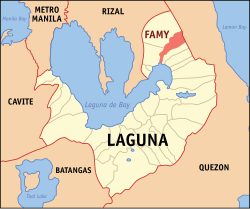
Mabitac, officially the Municipality of Mabitac, is a 5th class municipality in the province of Laguna, Philippines. According to the 2020 census, it has a population of 21,275 people.

Pagsanjan, officially the Municipality of Pagsanjan, is a 3rd class municipality in the province of Laguna, Philippines. According to the 2020 census, it has a population of 44,327 people.

Victoria, officially the Municipality of Victoria, is a 4th class municipality in the province of Laguna, Philippines. According to the 2020 census, it has a population of 43,408 people.
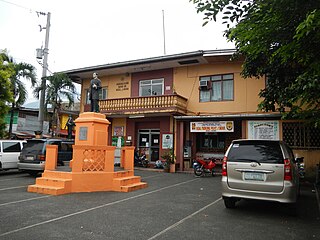
Rizal, officially the Municipality of Rizal, is a 5th class municipality in the province of Laguna, Philippines. According to the 2020 census, it has a population of 18,332 people.

Calauan, officially the Municipality of Calauan, is a 2nd class municipality in the province of Laguna, Philippines. The municipality has a land area of 25.25 square miles which constitutes 3.41% of Laguna's total area. According to the 2020 census, it has a population of 87,693 people.
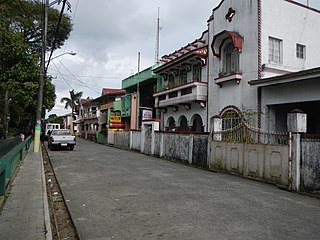
Luisiana, officially the Municipality of Luisiana, is a 4th class municipality in the province of Laguna, Philippines. According to the 2020 census, it has a population of 20,859 people.

Magdalena, officially the Municipality of Magdalena, is a 4th class municipality in the province of Laguna, Philippines. According to the 2020 census, it has a population of 27,816 people.

Pakil, officially the Municipality of Pakil, is a 5th class municipality in the province of Laguna, Philippines. According to the 2020 census, it has a population of 23,495 people.

Santa Cruz, officially the Municipality of Santa Cruz, is a 1st class municipality and capital of the province of Laguna, Philippines. According to the 2020 census, it has a population of 123,574 people.

Siniloan, officially the Municipality of Siniloan, is a 2nd class municipality in the province of Laguna, Philippines. According to the 2020 census, it has a population of 39,460 people.

Kawit, officially the Municipality of Kawit, is a 1st class municipality in the province of Cavite, Philippines. According to the 2020 census, it has a population of 107,535. It is one of the notable places that had a major role in the country's history during the 1800s and 1900s.

Jalajala, officially the Municipality of Jalajala, is a 4th class municipality in the province of Rizal, Philippines. According to the 2020 census, it has a population of 34,017 people.

Pililla, officially the Municipality of Pililla, is a 1st class municipality in the province of Rizal, Philippines. According to the 2020 census, it has a population of 71,535 people. It is surrounded by farms, small mountains, plains, and trees. Pililla is known as the Green Field Municipality of Rizal.
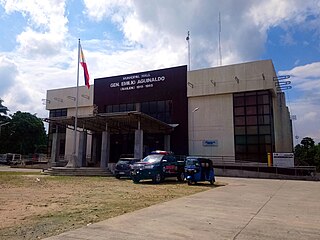
General Emilio Aguinaldo, officially the Municipality of General Emilio Aguinaldo, is a 5th class municipality in the province of Cavite, Philippines. According to the 2020 census, it has a population of 23,973 people.
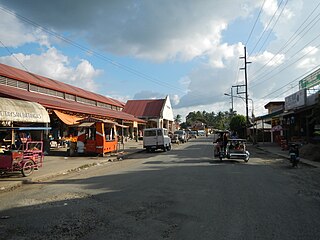
Taysan, officially the Municipality of Taysan, is a 2nd class municipality in the province of Batangas, Philippines. According to the 2020 census, it has a population of 40,146 people.
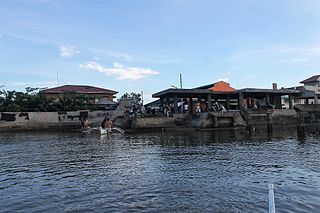
General Luna, officially the Municipality of General Luna, is a 4th class municipality in the province of Quezon, Philippines. According to the 2020 census, it has a population of 24,804 people.

Perez, officially the Municipality of Perez, is a 5th class municipality in the province of Quezon, Philippines. According to the 2020 census, it has a population of 12,767 people.

Plaridel, officially the Municipality of Plaridel, is a 5th class municipality in the province of Quezon, Philippines. According to the 2020 census, it has a population of 10,129 people.

Santa Maria, officially the Municipality of Santa Maria, is a 2nd class municipality in the province of Laguna, Philippines. According to the 2020 census, it has a population of 34,511 people.

Quezon, named by the late President Manuel L. Quezon and officially named the Municipality of Quezon, is a first-class municipality in the province of Palawan, Philippines. According to the 2020 census, it has a population of 65,283 people.

